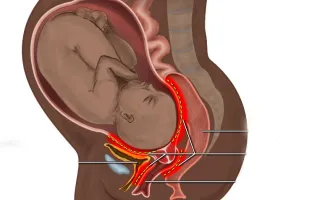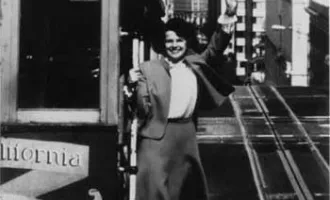Tuolumne Meadows: A Tranquil Destination in Yosemite’s High Country
This past weekend, an old friend and I decided we needed a little time away from civilization to recharge. We made friendly bets on the outcomes of basketball and hockey playoff games and headed out in a rental car toward Yosemite National Park.
Each year in late spring, as permitted by snowmelt, Tioga Road (Highway 120) is opened for the dry season, permitting access to the vast meadows in the high country north of the Yosemite Valley. At 8600 feet elevation, Tuolumne’s climate is considerably cooler than that of the valley below, but this also provides a peaceful refuge from the swarming masses of both mosquitoes and tourists that can fill the park during warmer months.
Formal campgrounds in the high country do not open for another month or so, but wilderness permits can be obtained at ranger stations, which allow camping in the backwoods, and there is ample access to water along the Tuolumne River and its associated creeks. Running from Hetch Hetchy Reservoir (the Bay Area’s main water source), water in Yosemite’s high country is known for its fresh taste and relative cleanliness, but we still chose to use a water filter.
As this year’s winter brought a lower than average amount of precipitation, terrains at this time are easily crossed with a typical pair of sturdy hiking boots and a couple layers of clothing. Temperatures ranged from the high 30s to the low 70s with clear skies this weekend, but you should obviously check weather conditions and plan accordingly before your trip.
Tioga Road, the only access to Tuolumne Meadows, is a destination in itself. It starts by winding steeply through the Sierras, eventually opening up for expansive views of several surrounding peaks including Mount Clark and Mount Hoffman.
Olmsted Point offers glorious views to the south, looking directly into Tenaya Canyon with the Tenaya Lake, glowing Prussian blue at its base. In the distance lies the backside view of Yosemite Valley’s Half Dome as well as Clouds Rest, a knife-edged ridge of rock left from the erosion of the glaciers that gave way to form Tenaya Canyon and Little Yosemite Valley. The road continues eastward along the canyon floor before ascending to nearly 10,000 feet through Tioga Pass to meet Highway 395 at Mono Lake.
If you’d rather not brave the cold nights in Tuolumne, there are several lodges just west of the park that allow for quick enough access to day hiking, ranging from two to 14 miles in length.
Our first stop was Soda Springs, a natural source of cool, lightly carbonated water amidst rust colored soil. Dog Lake, surprisingly difficult to find given its largest diameter of almost a quarter mile, was our mid-morning snack spot. We sat on a fallen log and looked at the thin sheet of ice at the surface of the water, protecting the activity below.
Our last stop for the short hike was Lembert Dome, a granite monolith standing 800 feet above the meadow floor, with a sheer cliff at its peak giving spectacular views in 360 degrees of snowcapped mountains, flowing rivers and lightly frosted grasslands. Jean Baptiste Lembert, the dome’s namesake, is said to have penned stories of himself as ruler of a magic kingdom. The combination of the breathtaking views and the thin air from elevation would make even reasonable people come up with stories in their heads. We pondered a riddle we had heard a child tell his father: The maker doesn’t use it, and the user doesn’t know he is using it (if you know the answer, email me).
Wildlife in the high country tends to stay to itself, but we did see Stellar’s Jays, heard the call of the dark-eyed Junco, saw a scampering yellow-bellied marmot and found fresh footprints of a coyote near our campsite one morning.
On our way home, we stopped in the valley for a hot cup of coffee, a freshly made sandwich, a look at the gushing waterfalls and an earful of chaotic family vacations before returning to the city, playoff sports, showers and razors, cell phones and our normal lives.


